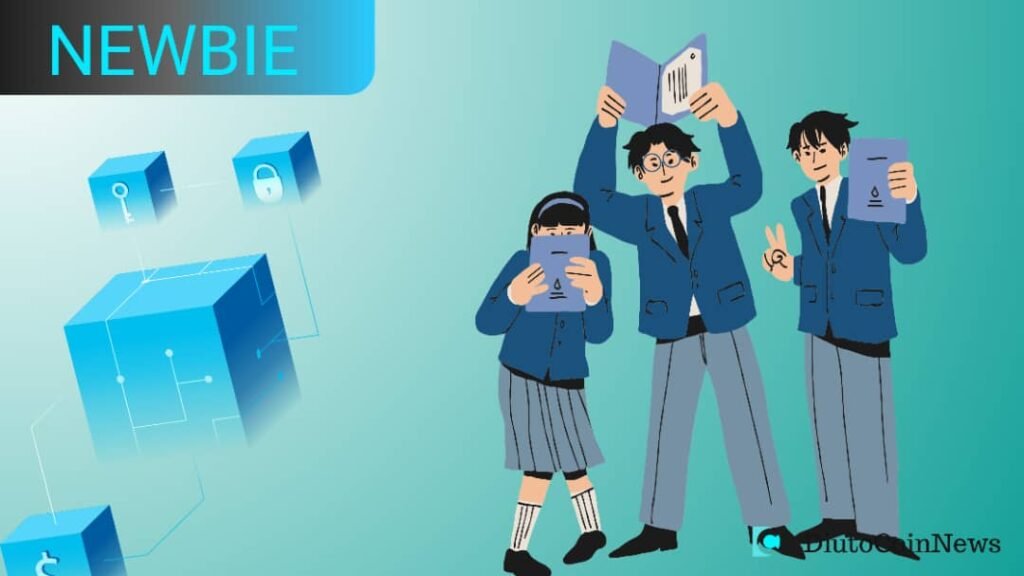INTRODUCTION
Decentralized applications (dApps) are software programs that operate on a blockchain or peer-to-peer (P2P) network, rather than relying on centralized servers or databases.
Unlike traditional apps, dApps have no single controlling authority and are powered by smart contracts to facilitate their processes and transactions.
Ethereum is one of the most widely-used platforms for dApp development, particularly in fields like finance, gaming, and social media.
Key Characteristics of dApps
1. Smart Contracts – Self-executing contracts with terms directly written into code.
2. Decentralization – No central authority controls the application.
3. Censorship-Resistance – No one can delete or control content.
4. Public Accessibility – Available to anyone with an internet connection.
5. Immutability – Transactions are recorded on an immutable ledger, ensuring transparency and security.
Differences Between Centralized and Decentralized Applications
In terms of ownership, centralized applications are typically owned by a single company, whereas decentralized applications (dApps) have distributed ownership among users.
For backend operations, centralized applications run on private servers controlled by the company, while dApps operate on blockchain or peer-to-peer networks, ensuring that no single entity holds control.
Regarding privacy, centralized applications store user data, offering no anonymity. In contrast, dApps allow for public transactions that are pseudo-anonymous, meaning they can be traced but not directly linked to a user’s identity.
When it comes to security, centralized applications are more vulnerable to hacks since all the data is stored in one location. dApps, on the other hand, benefit from the security of blockchain, making them less prone to breaches.
Modifications are easier to implement in centralized applications, as the company has full control over the software. dApps, however, are harder to modify due to the immutable nature of blockchain technology.
Benefits of dApps
1. Eliminating Intermediaries – Reduces costs by cutting out the middleman.
2. Immutability – Once data is recorded, it cannot be altered, enhancing security.
3. Control Over Personal Data – Users retain control of their data.
4. Open-Source Code – Transparency and trust are built through publicly available code.
Challenges of dApps
1. Regulatory Uncertainty – Varying laws across jurisdictions complicate compliance.
2. Smart Contract Vulnerabilities – Bugs or flaws can be exploited by malicious actors.
3. Network Congestion – High transaction volumes can slow down the system.
4. Scalability – As more users join, it may be difficult to handle the increased demand.
5. User Experience – Interfaces are often less intuitive compared to traditional apps, hindering adoption.
Common Uses of dApps
1. Supply Chain Management – Tracking goods securely.
2. Personal Data Management – Identity verification and secure patient record storage.
3. Censorship-Resistant Platforms – Platforms for social media that cannot be controlled by a single entity.
4. Peer-to-Peer Lending – Decentralized finance (DeFi) lending and borrowing platforms.
5. Decentralized Exchanges (DEX) – Trading without a central authority.
6. Blockchain-Based Collectibles – NFT-based games and assets, such as CryptoKitties.
Security Concerns in dApps
1. Fraudulent Projects – Fake projects with unrealistic returns (e.g., Ponzi schemes).
2. Phishing Attacks – Fraudsters tricking users into revealing private keys.
3. Code Vulnerabilities – Exploiting weaknesses in smart contracts, leading to financial losses.
Regulatory Considerations
Since dApps operate across borders, they complicate regulation. Countries have different legal frameworks for cryptocurrency and blockchain technologies. Additionally, token sales (Initial Coin Offerings, ICOs) may resemble unregistered securities, which highlights the need for investor protection.
Metamask and similar platforms warn users about risks associated with interacting with dApps, including potential exposure to malicious actors.
Popular dApp Examples
1. Metamask – A popular cryptocurrency wallet for interacting with dApps.
2. CryptoKitties – A blockchain-based game where users collect and trade digital cats.
3. Uniswap – A decentralized exchange that allows users to trade cryptocurrencies without intermediaries.
4. Aave – A DeFi platform for lending and borrowing digital assets.
The Future of dApps
Decentralized applications will continue to evolve, especially in the financial sector, as blockchain technology matures. The advantages of decentralization—such as privacy, security, and financial independence—will drive greater adoption. However, challenges in regulation, scalability, and user experience will need to be addressed as the ecosystem grows.
dApps represent a significant step forward in secure, transparent, and censorship-resistant software solutions. The potential for dApps to transform industries is immense, and their future promises a decentralized and open digital landscape.
Discover more from DiutoCoinNews
Subscribe to get the latest posts sent to your email.













